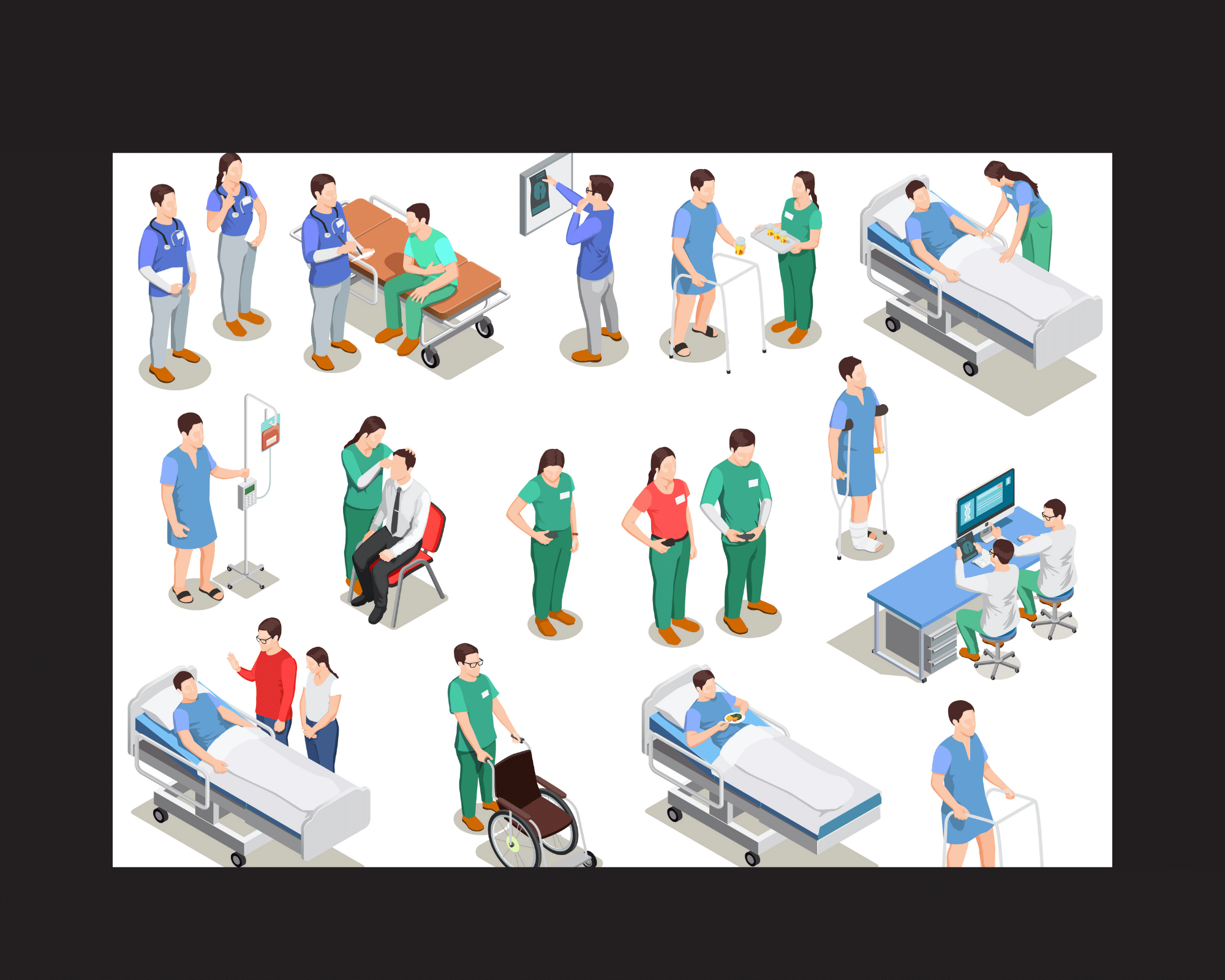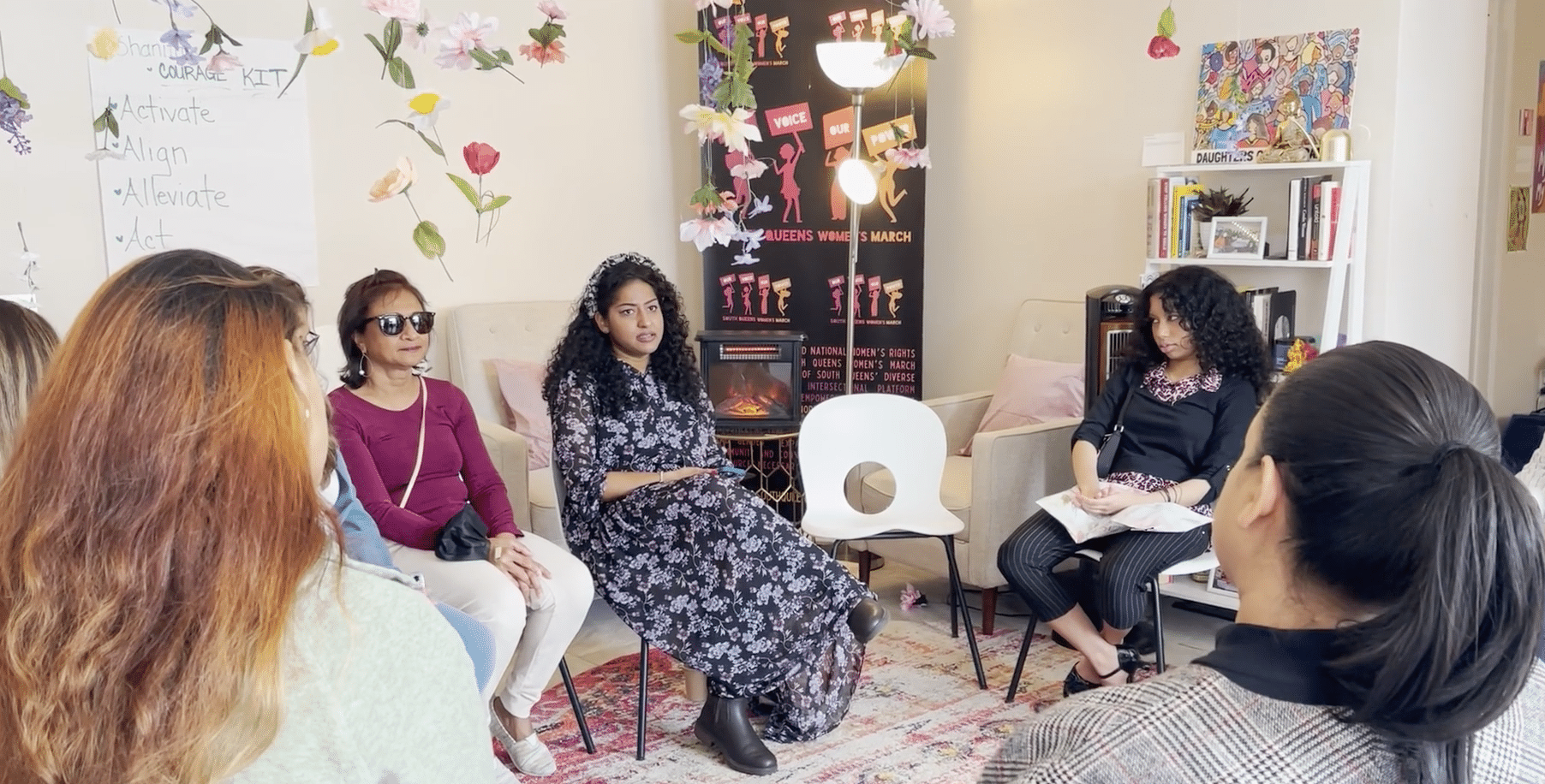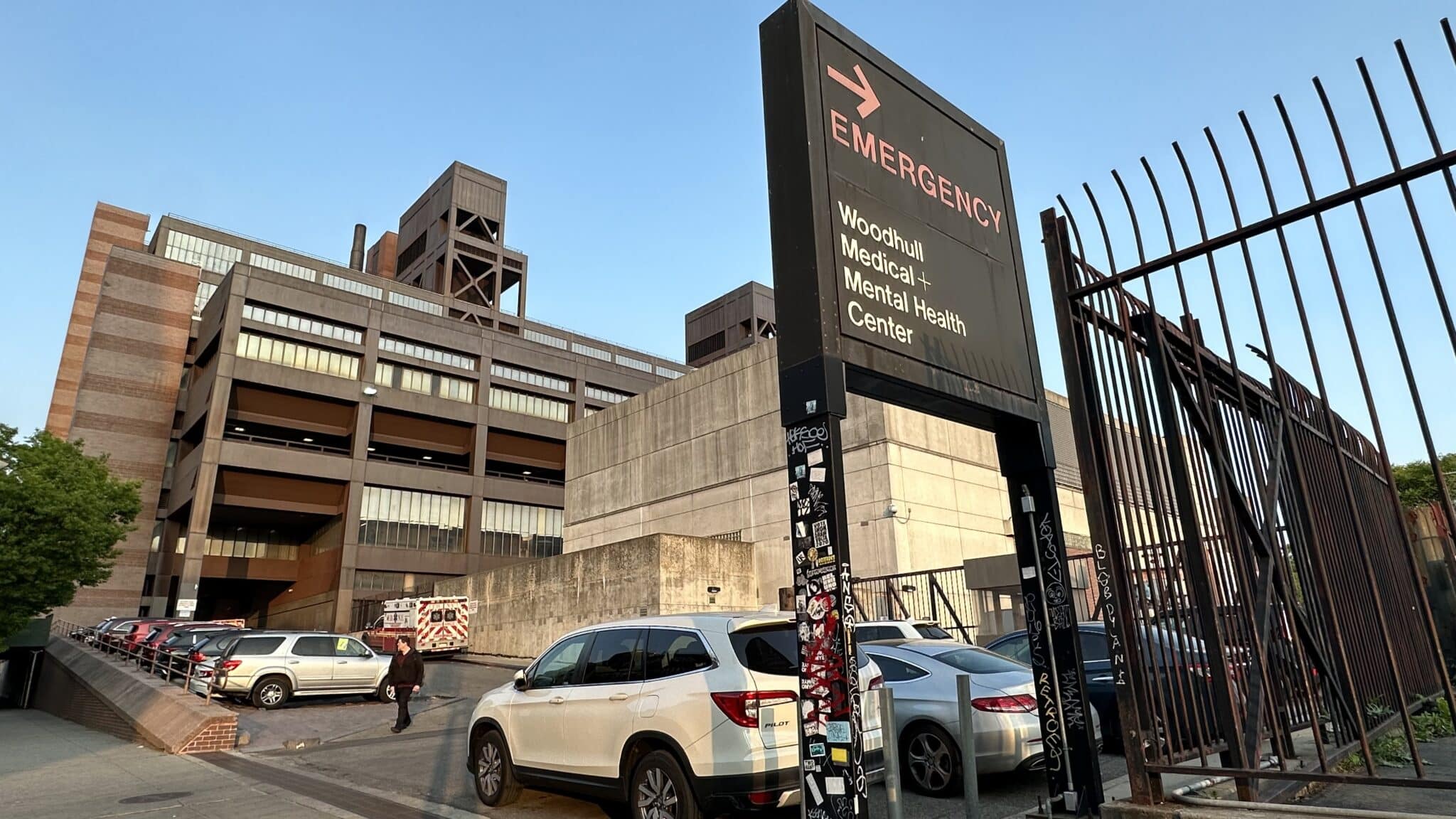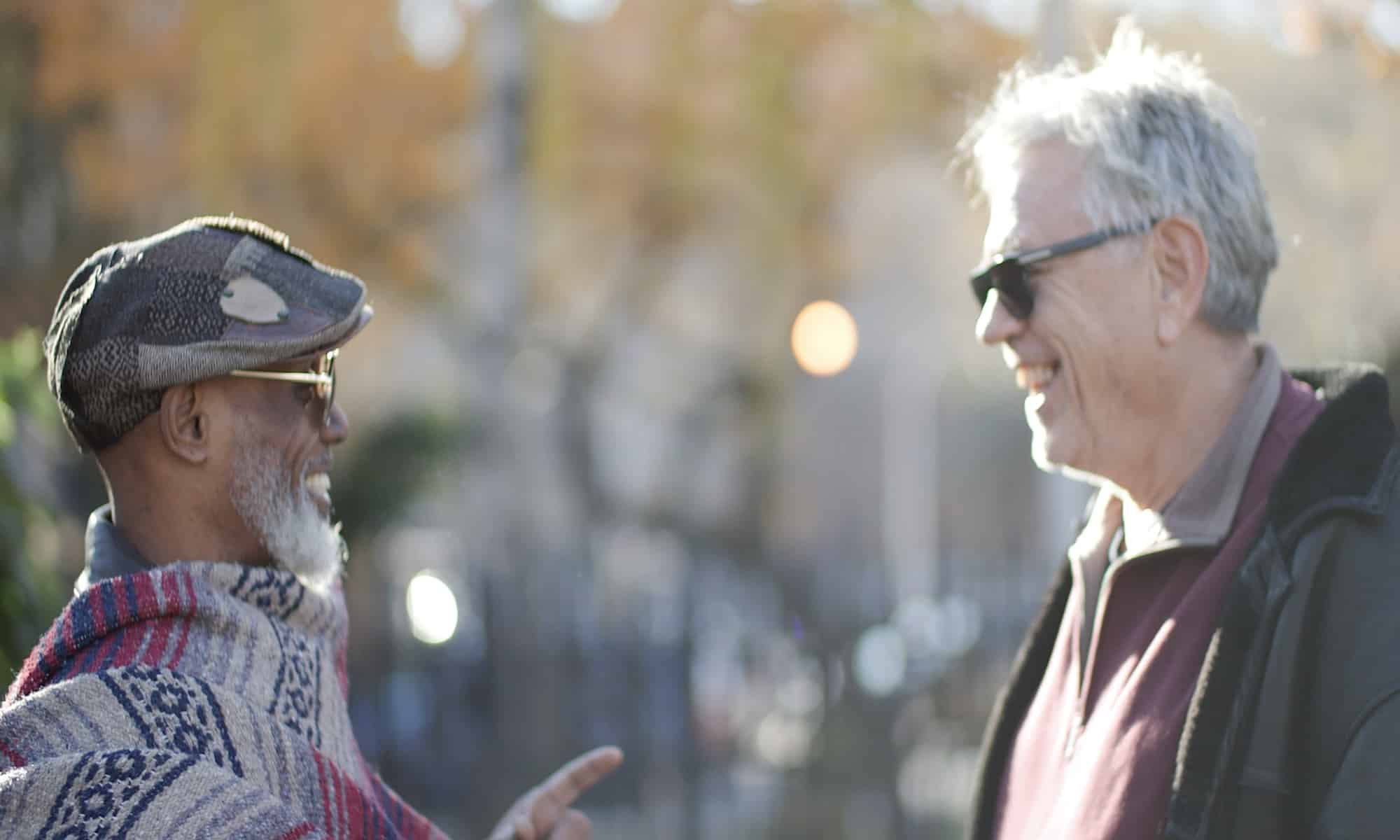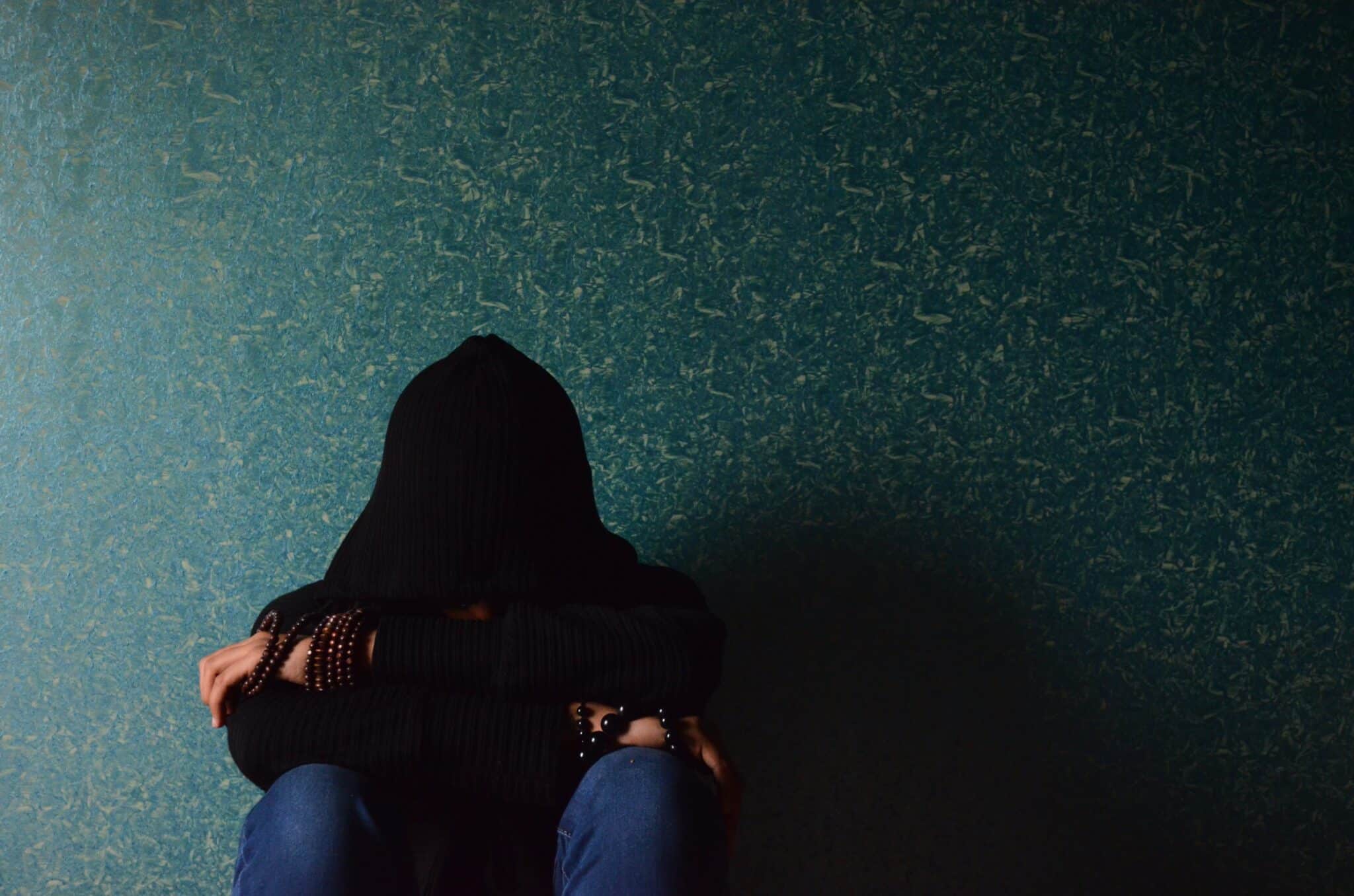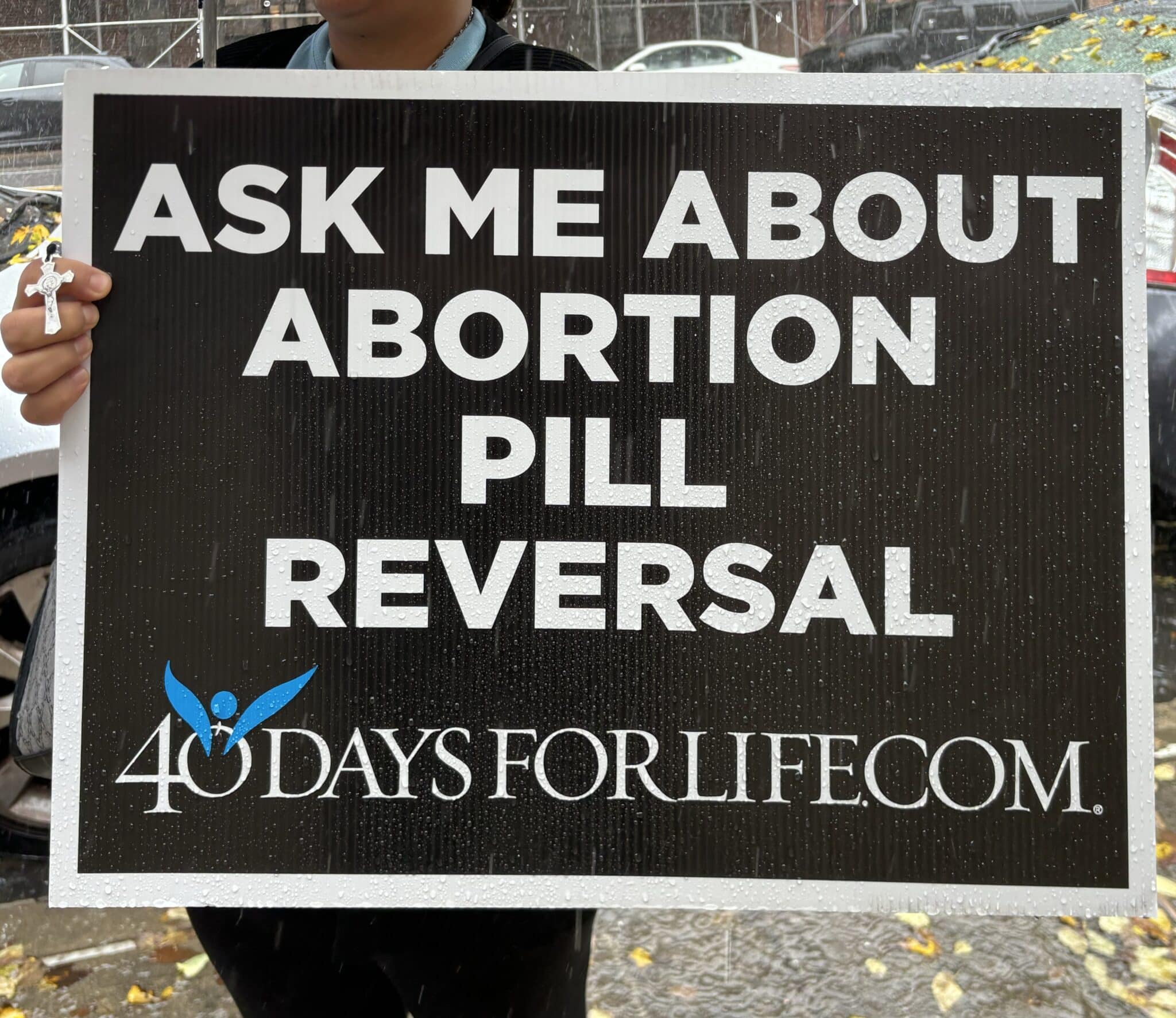The United States is in the midst of a critical nursing shortage that is not expected to end anytime soon.
“Unsafe staffing puts patients at risk. It could be a matter of life and death,” said Robin Krinsky, a DNP nurse working for over 25 years at Mount Sinai hospital in East Harlem. Krinsky works in the cardiac department, and sometimes she takes care of multiple patients a day due to the short staffing at the hospital.
Krinsky said that Mount Sinai nurses have warned of dire conditions to management since 2018. Still, shortages accelerate each year, “Even before the pandemic, the hospital was not able to meet the nurse-to-patient ratio on a consistent basis across all units,” said Krinsky. According to a 2020 report by the New York State Health Department, there will be a shortage of over 39,000 registered nurses in the state by 2030.
Every unit at the hospital has a different nurse-to-patient ratio. ICUs are the most affected units because they treat patients with life-threatening conditions. “I am experiencing one of the worst staffing shortages since I have been in the hospital,” said Valerie Burgos, a registered nurse who has been working at the critical care unit at Mount Sinai East Harlem for over 16 years.
Burgos left a finance job to become a nurse in 2002. “I was not fulfilled, I was not doing a job that makes a good impact on people’s lives,” she said. “Nursing is a 24/7 job. It gets overwhelming and dangerous because it is easy to miss someone attempting to come out of bed or when patients self-extubate.”
Hospital shortages are also dangerous for the staff, “You can hurt yourself from running around, all this stress is coming at once. A lot of nurses say: ‘You know what, I don’t have to do this,’ and they quit,” Burgos said.
Last year former Governor Andrew Cuomo signed a bill requiring staffing standards for all hospitals. “The bill took many years to go into effect,” said Krinsky. “It is the first step, but it is far too late because hospitals don’t have enough nurses to meet [the demand], even if they hire all the travel nurses.”
The most common nurse-to-patient ratio is one nurse to two patients. New York City doesn’t have any ratio requirements. “In California, they were able to implement standards, and there is a lot of evidence that the morbidity and mortality got lower,” said Krinsky.
Mount Sinai Hospital officials did not provide data for retention rate and staffing. However, according to a New York State Nurses Association article from 2021, “There are more than 300 RN vacancies unfilled at Mount Sinai Hospitals.”
Mount Sinai nurses have been at multiple meetings with Management, Human Resources, and Recruitment. Krinsky also said that they completed a protest-to-assignment form, “We fill out the form because the patient’s and provider’s safety is in jeopardy.” In addition, they reached out to the Department of Health, OSHA, the board of trustees, and as many regulatory agencies as they could. “In staff meetings, people are very vocal about their working conditions. They feel burned out, stressed, exhausted, and their mental and physical health is at risk,” said Krinsky.
The hospitals are not able to retain their nurses either. According to a 2021 NSI National Health Care Retention and RN Staffing Report, hospitals have lost 83% of their RN workforce since 2016. Krinsky wishes that hospitals would implement plans to retain their nurses. “It takes several months to recruit, hire and train a nurse; the process costs around 60 to 80 thousand dollars,” Krinsky said.
The lack of educational resources is a large contributing factor to the shortages. “The state needs to get funding to nursing programs and development of faculty,” said Krinsky. “We don’t have enough nurse educators. They make less money than nurses, so there is not enough faculty and fewer graduates,” said Burgos.
Burgos hopes that the community gets involved in this issue. “There will be a moment in which you will need a nurse, and hopefully, you get a nurse who knows what they are doing, who has certainty and time to care for your needs,” said Burgos. “It is one of those things that you don’t think about until it impacts you.”
Tags: Ana Maldonado CUNY Journalism Healthcare Mount Sinai Hospital Nurse Shortage Nurses Student Journalism The City College of New York
Series: Community
